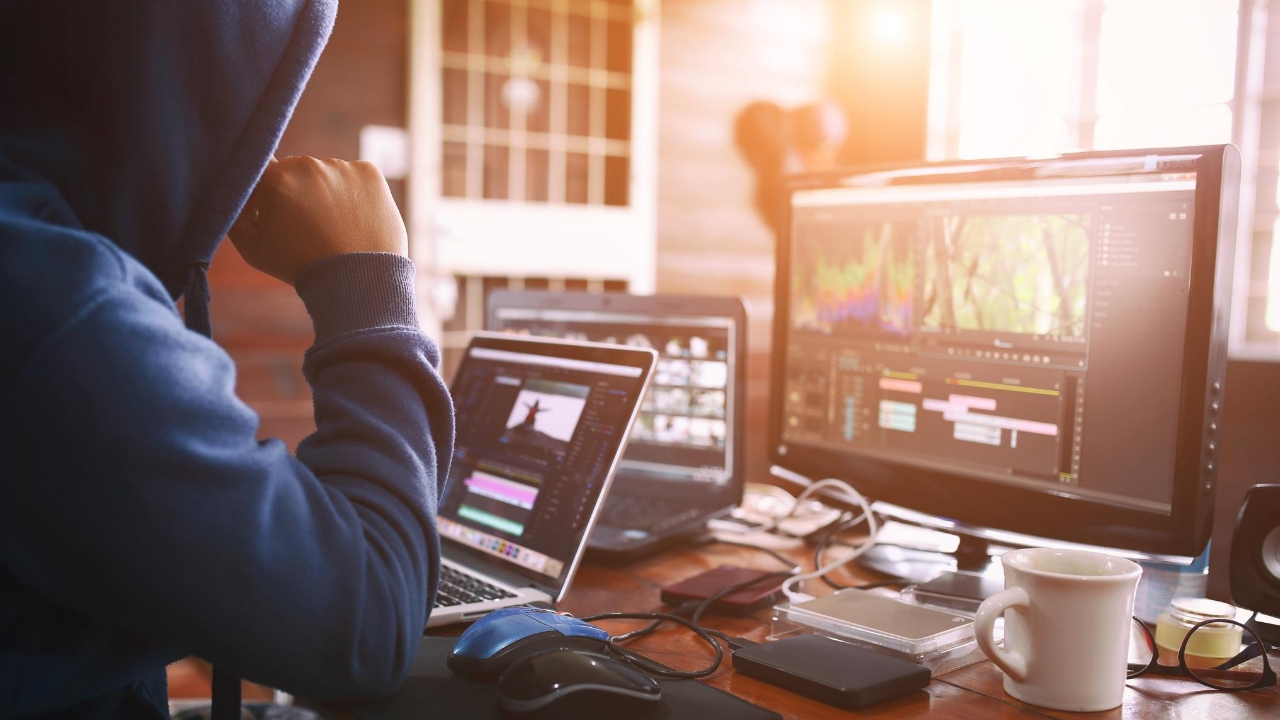
What Happens in Overlapping Editing in Film?
Frequently referred to as overlapping action, overlapping editing in film is used in a variety of situations to prolong action and stretch it out past the typical duration of the event in the film in order to signify importance. If you’ve never experienced a situation in which there has been an overlapping of editing or a juxtaposition of editing that has resulted in an overlap.

You may not be privy to how this process takes place. Or exactly what happens in overlapping editing in film. But that’s okay! We’re here to explain it all!
What is Overlapping Editing in Film?
Overlapping editing in film is represented by a variety of different techniques and tricks. Typically, overlapping editing is a method of using multiple shots of a single action.
Which have been captured at several angles and viewpoints in order to use those shots from different angles as a montage of sorts in the final film.
The editor will take several of the shots and string them together so that the audience can see the action unfold from a variety of different shot angles drawing their attention to the importance and exaggeration of the scene.
Overlapping Action
Overlapping editing is sometimes called overlapping action because it really is most commonly used in action scenes to extend the time that an action within a story takes place.
This is achieved by intercutting a series of different action shots that deliver the action views to the audience in a variety of different ways.
The editor pieces the shots together and in doing so, some or all of the action will be repeated several times as the audience sees it unfold from each viewpoint.
Exaggeration
The cinematic effect of overlapping editing is incredibly powerful. Not only does it build importance among the audience.
But it also results in exaggeration of time and of movement to create an incredibly dramatic effect.
We see overlapping action frequently combined in editing with slow motion and other special effects to create scenes that captivate audience interest and engage their senses.
Example of Overlapping Editing in Film
If you’re still trying to understand what happens with overlapping editing in film, consider the following example of overlapping editing that takes place in the movie Mission Impossible 2.
It’s an action scene in which there is an explicit expansion of time that results from overlapping editing in the film.
Here’s how the scene unfolds:
- Camera shoots the actors of the scene at a variety of different angles.
- The camera captures Tom Cruise being chased and shot at.
- Camera captures the chase from a variety of angles.
- The camera captures the shots being fired from several angles.
- Action of the scene is shot from several viewpoints, angles, and areas.
Time to Edit
Once the scene has been captured from a variety of viewpoints and from different camera angles, the editing is ready to take place.
When overlapping editing to create the extension of time and show distinct impact within the film? It’s important that the cinematographer capture the scene from several viewpoints.
In order to provide the editor with a lot of raw footage to work with.
Actual Overlap
Here’s where the overlapping occurs. The action shot has been captured from several angles and views. The editor is now able to use overlapping editing.
In order to expand the time that is taking place within the story as the action unfolds in seemingly slow motion.
Because there are several different angles and viewpoints available, the editor is able to show first Tom Cruise as he is being chased. The film then shifts to Cruise shooting at a red motorcycle.
This then adjusts to us seeing the bullet as it is flying through the air in ultra slow motion. The bullet hits the motorcycle and we see shattering glass.
Slow Mo
While this particular scene plays out very quickly as it would in real-life, the bullet show is slowed down.
So that it adds a level of distinction and importance to that particular point of the scene. This is overlapping editing or overlap action editing at its finest.
Why is Overlapping Editing in Film Important?

Like other forms of editing that add time lapse and other effects for drama, this is incredibly important for filmmakers.
Film editors use overlapping action to achieve a variety of valuable techniques. Particularly relevant to extending the period of time that it takes for an action scene to unfold.
Overlapping editing builds suspense, drama, and audience excitement.
The Impact
When overlapping editing is paired up with slow motion editing to show a particular action unfold? The audience is generally going to find the scene to be incredibly significant to the story!
And they’re going to remain heavily engaged for the duration. Like other forms of editing, overlapping editing is one of many important elements that come into play in post-production.
To build the story into an ongoing event that keeps the audience on the edge of their seats as they watch and enjoy the film.
Consider This
Think about any action film you’ve ever seen! And the montage of overlapping editing that has taken place throughout the story.
Nearly any major action scene, such as a fight or a flight or a gun shootout is going to be made up of a variety of shots that are together edited into an overlapping edit.
Overlapping editing in film is certainly one of the most profound methods of film editing you’ll find.


